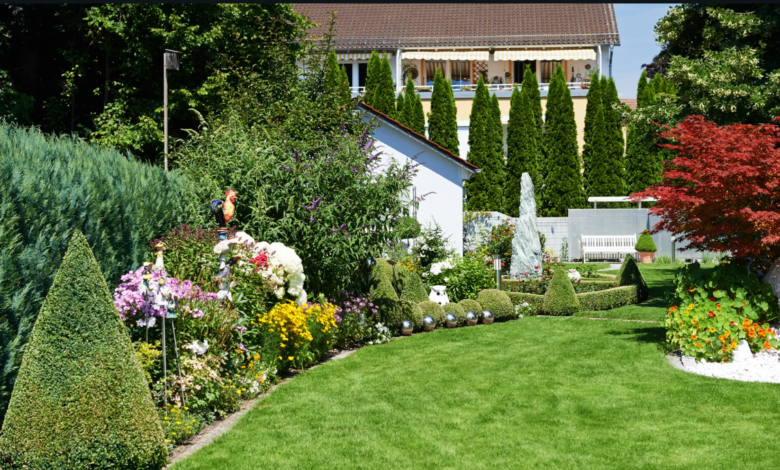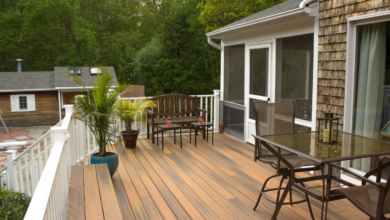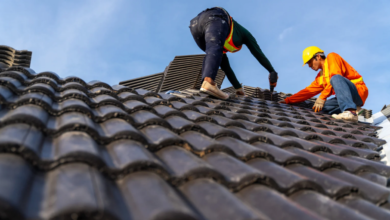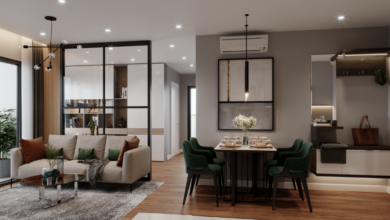What Should I Consider When Planning a Landscape Design for a Residential Property?

Creating a thoughtful outdoor environment requires more than planting a few shrubs or installing a patio. If you’re planning a professional landscape design in Atlanta, GA, it’s essential to evaluate both aesthetics and functionality. A successful residential landscape blends visual appeal, usability, and ecological awareness. From layout to long-term care, the best results come from informed decisions that enhance the property’s form and function.
Before beginning the process, understanding the foundational principles and design strategies can ensure the space is both beautiful and sustainable.
Start with the Core Elements of Design
A residential landscape should be built upon principles that bring cohesion and balance to the entire yard. Professionals typically focus on the five basic elements of landscape design, which include line, form, texture, color, and scale. These elements help shape the layout of walkways, plant beds, focal points, and seating areas.
Each of these components contributes to how the space feels, whether open and airy or intimate and enclosed. Lines guide movement, textures add contrast, and proper scale ensures everything works harmoniously in proportion to the property’s size and architecture.
See also: Top Garage Door Service Myths Debunked: What Homeowners Should Really Know
Consider Functionality and Flow
Every landscape design should prioritize how the space will be used. Are you looking to create an entertainment zone, a peaceful retreat, or a family-friendly yard? These preferences directly influence design decisions such as hardscaping features, outdoor lighting, and traffic patterns.
Accessibility and maintenance are also major factors. Think about how people will move through the yard, where lighting might be needed for safety, and how much upkeep you’re prepared to manage. A practical design reduces long-term challenges while keeping the space enjoyable throughout the seasons.
Sustainability Is Key in Modern Landscaping
Today’s homeowners are increasingly focused on environmentally responsible design. Elements like rain gardens, native plantings, and efficient irrigation systems can make your yard more eco-conscious and cost-effective. Landscape professionals are trained to balance beauty with sustainability, particularly in urban environments where space and resources are limited.
More importantly, designers often incorporate strategies to improve outdoor sustainability in urban homes by using permeable materials, reducing lawn size, and planting trees strategically for shade and air quality. These methods not only support the environment but also add long-term value to your property.
Tailoring Design to the Local Climate
No landscape design should be approached with a one-size-fits-all mindset. Understanding regional climate patterns, soil conditions, and sun exposure is essential to choosing the right plants and layout. In regions like Atlanta, the humidity, rainfall, and summer heat should guide plant selection and drainage solutions.
A well-planned design incorporates native species that thrive locally, minimizing the need for excessive watering or pesticides. Professionals in your area are equipped with the knowledge to ensure that your outdoor space looks vibrant year-round while minimizing environmental impact.
Conclusion
Planning a landscape design for a residential property involves much more than choosing plants and placing furniture. It requires a balance of structure, purpose, and sustainability to create a space that enhances your lifestyle and your home’s curb appeal. With thoughtful planning and professional insight, homeowners can transform their outdoor spaces into environments that feel both elegant and intentional, lasting for years to come.





